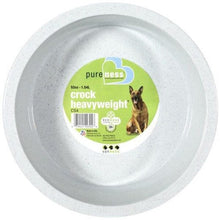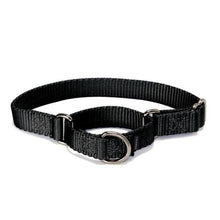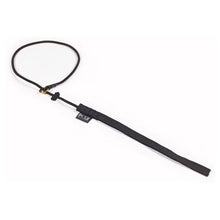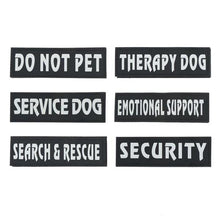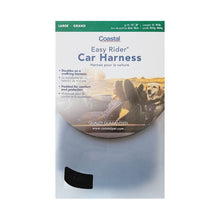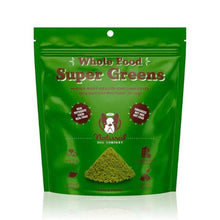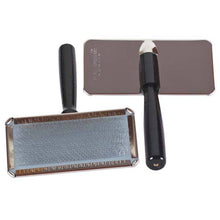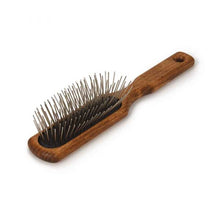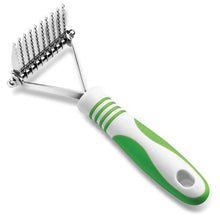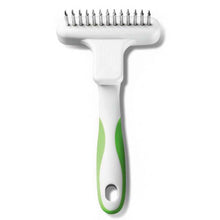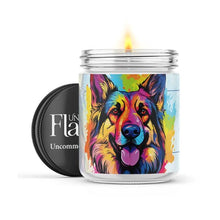What To Do If Your Dog Gets Sprayed By A Skunk

Skunks are nocturnal and most active at night during warm weather. Most dogs get sprayed at dawn or dusk but it can happen anytime, especially at night. Fortunately, when it does happen, it’s usually warm out so washing your dog outside is easier than it would be in winter when it’s freezing.
Skunk spray is an oily yellow substance that is made up of thiols and thioacetates, both of which will stick to your dog’s skin and fur. If the spray gets into your dog’s eyes, it can seriously burn, like tear gas. It can also cause nausea and vomiting, if swallowed. Although not usually serious, a dog taking a hit to the face may need emergency veterinary care as the acid is capable of burning the delicate cornea of the eyes and can cause temporary blindness.
Once you’ve determined that your dog is okay and doesn’t require a trip to the vet, it’s time to clean them up. Since the spray is oil based, it will repel water so you don’t want to immediately spray your dog down with the hose. If you have gloves and protective clothing, you’ll want to wear them. If you don’t, you’ll wish you did.
The best way to remove skunk spray is with an over the counter skunk shampoo and odor remover. The products can be purchased at most pet stores, drug stores, and on-line. If you have some, follow the directions on the bottle. If you don’t have a skunk decontaminate on hand, you can make your own solution out of the following common household goods.
Skunk Shampoo and Odor Remover Recipe:
- One quart of 3% hydrogen peroxide
- ¼ cup baking soda
- 2 teaspoon dish detergent, most wildlife rehabbers use Blue Dawn
Stage One - Cleaning Instructions:
- Put on your gloves, protective apron, or old clothing.
- Mix all the ingredients in a bucket.
- While the solution is still bubbly, apply to every inch of the dog’s DRY fur-be careful to avoid the eyes, nose, and mouth.
- Work the solution into the fur and massage into the dog’s skin.
- Lather up the dog until you’re confident you’ve washed everywhere then rinse clean.
- Repeat, if needed.
The dish soap will help remove the oily skunk spray and the baking soda should help neutralize the odor. The peroxide will create a chemical reaction to help oxidize and remove the thioacetates and thiols (the most stinky part of the spray). Be careful because the peroxide will bleach out your clothing and towels and may even bleach your dog’s fur.
Stage Two – Cleaning Instructions:
After the oil has been removed from your dog, wash your dog in their normal shampoo and follow with conditioner. Your dog’s skin will probably be dryer than normal due to the natural oils being stripped from the dish soap and peroxide so if you don’t have a conditioner, you may want to buy one.
Skunk odor typically lingers so don’t be surprised if you catch a whiff over the next weeks or months, especially if your dog gets wet.
How To Prevent Your Dog From Getting Sprayed By A Skunk
To reduce the chance of your dog meeting up with a skunk, before letting your dog outside, do the sniff test since you can often smell a skunk before you see one.
Don’t let your dog stay out at night and be sure to check the yard at dawn and dusk.
Skunks are scavenger, omnivores that like to eat cat food, fruit and berries, grains, eggs, grubs, trash, and foods from the garden so it is helpful to keep your dog away from those areas of your yard, if possible.
Avoid walking your dog at night and in the early spring during mating season, if skunks are common in your area.
Good luck. If you think it’s probable that your dog will encounter a skunk, you might want to keep a skunk shampoo on hand. Please feel free to share with your family and friends.




